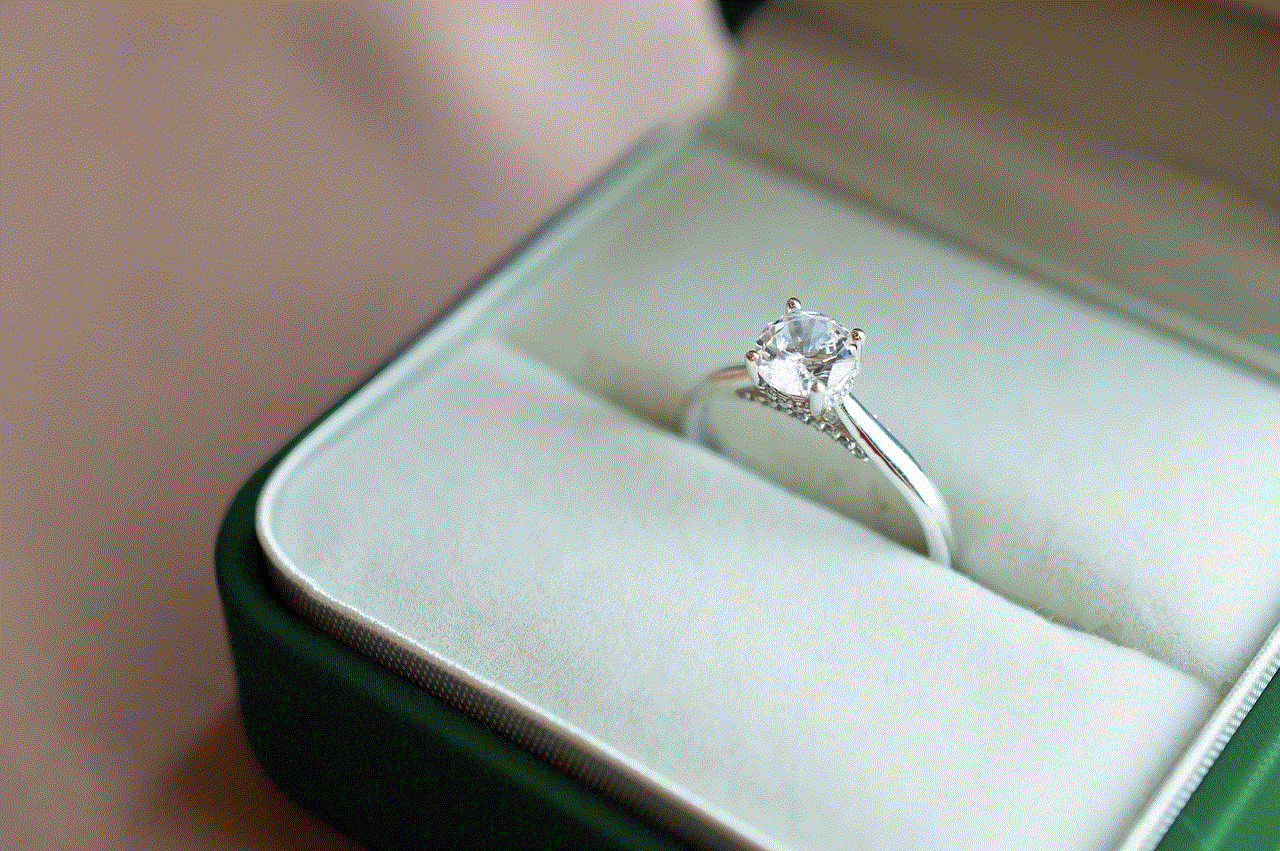bee meaning in relationship
The bee is a fascinating creature that has long been associated with relationships. In many cultures, the bee symbolizes the harmony and cooperation found in successful partnerships. This article will explore the various meanings of bees in relationships and delve into how we can apply these lessons to our own lives.
One of the most prominent meanings of bees in relationships is their incredible teamwork and collaboration. Bees live in colonies and work together to achieve a common goal – the survival and prosperity of the hive. Each bee has its own role and responsibilities, and they all work in harmony to ensure the well-being of the entire community. This serves as a powerful reminder that successful relationships require teamwork and collaboration. Just like bees, partners must work together, support each other, and contribute their unique strengths to create a strong and thriving partnership.
Another important lesson we can learn from bees in relationships is the importance of communication. Bees communicate with each other through intricate dances and pheromones. They share information about the location of food sources, potential threats, and the health of the hive. Effective communication is vital in relationships as well. Partners must be open and honest with each other, express their needs and concerns, and actively listen to one another. By fostering clear and effective communication, couples can build trust, understanding, and intimacy in their relationships.
Bees are also known for their incredible work ethic. They tirelessly gather nectar, pollinate flowers, and build and maintain their hives. This serves as a reminder that relationships require effort and dedication. Just like bees, partners must be willing to invest time and energy into their relationship. They must be willing to put in the work to nurture and strengthen their bond. This can include spending quality time together, engaging in activities that both partners enjoy, and continuously finding ways to enhance the relationship.
In addition to teamwork, communication, and work ethic, bees in relationships also symbolize the importance of balance. Bees lead a balanced lifestyle, dividing their time between work, rest, and play. This balance is crucial in relationships as well. Partners must find a healthy equilibrium between their personal lives, professional commitments, and their relationship. It is important to dedicate time for self-care, pursue individual passions, and spend quality time together. Striking this balance ensures that both partners feel fulfilled and supported in the relationship.
Moreover, bees can teach us about loyalty and commitment in relationships. Bees are incredibly loyal to their hive and will defend it fiercely. They are committed to their role and responsibilities within the community. In relationships, loyalty and commitment are essential for long-term success. Partners must be loyal to each other, supporting and standing by one another through the ups and downs of life. They must also be committed to the relationship, working through challenges and honoring their vows or promises. Loyalty and commitment create a sense of security and trust in the relationship, allowing it to thrive and endure.
Furthermore, bees in relationships symbolize the importance of adaptability. Bees are highly adaptable creatures, capable of adjusting their behavior and strategies based on the changing conditions of their environment. This adaptability is crucial in relationships as well. Couples must be willing to adapt and evolve as individuals and as a partnership. They must be open to change and willing to adjust their expectations, goals, and behaviors to accommodate the growth and development of the relationship. By embracing adaptability, couples can navigate the challenges of life together and continue to grow and flourish.
Another significant lesson we can learn from bees in relationships is their ability to solve problems collectively. Bees are known for their collective decision-making abilities. When faced with a problem or a new situation, bees come together and make decisions as a group. They weigh different options, assess risks, and choose the best course of action for the hive. This is an important lesson for relationships as well. Partners must be willing to come together, discuss challenges, and make decisions as a team. By involving both partners in the decision-making process, couples can foster a sense of equality, shared responsibility, and mutual respect in their relationship.
Additionally, bees in relationships symbolize the importance of patience and perseverance. Bees go through a long process of building and establishing their hives. They patiently gather materials, construct the hive, and then work tirelessly to ensure its success. This reminds us that relationships take time and effort to develop and thrive. Partners must be patient with each other, allowing the relationship to grow and evolve naturally. They must also persevere through challenges and setbacks, working together to overcome obstacles and strengthen their bond. Patience and perseverance are key ingredients in building a strong and lasting relationship.
Moreover, bees in relationships symbolize the power of community. Bees rely on their community for survival and prosperity. They work together, support each other, and ensure the well-being of the entire hive. In relationships, partners are each other’s community. They provide emotional support, love, and companionship to one another. They create a safe and nurturing space where both partners can grow and thrive. Building a strong sense of community within the relationship fosters trust, intimacy, and a deep connection between partners.
Lastly, bees in relationships remind us of the importance of gratitude and appreciation. Bees play a vital role in pollination, which is essential for the growth and reproduction of plants. Without bees, many ecosystems would suffer. Similarly, partners play a crucial role in each other’s lives. They provide love, support, and companionship, enriching each other’s experiences. Expressing gratitude and appreciation for our partners reminds us of their value and the positive impact they have on our lives. By regularly expressing gratitude and appreciation, couples can strengthen their bond and create a positive and loving atmosphere in their relationship.
In conclusion, bees hold numerous symbolic meanings in relationships. From their teamwork and communication skills to their work ethic and adaptability, bees offer valuable lessons that we can apply to our own lives. By embracing the lessons of bees, couples can cultivate strong and thriving relationships built on trust, communication, loyalty, and mutual support. Just as bees work together to ensure the survival and prosperity of their community, partners must work together to create a harmonious and fulfilling partnership.
why is groupme asking for my birthday
GroupMe is a popular group messaging app that allows users to create and join various chat groups. It has gained immense popularity due to its simplicity and ease of use. However, recently, some users have reported being prompted to enter their birthday when signing up for the app. This has raised concerns among users about the reasons behind GroupMe’s request for this personal information.
In this article, we will delve into the motives behind GroupMe’s decision to ask for users’ birthdays and explore the implications it may have on privacy and security. We will also discuss the potential benefits of providing this information and the steps users can take to protect their personal data.
To understand why GroupMe is asking for users’ birthdays, we must first examine the app’s parent company, microsoft -parental-controls-guide”>Microsoft . GroupMe was acquired by Microsoft in 2011, and since then, the tech giant has integrated various features and services into the app. Microsoft has a vast ecosystem of products and services, and one of its key objectives is to provide a personalized experience to its users.
By collecting users’ birthdays, GroupMe can gather valuable demographic information that can be used to tailor the app’s features and functionalities. For example, knowing users’ age ranges can help GroupMe optimize its user interface, design targeted marketing campaigns, and provide relevant content to specific age groups. In essence, the collection of birthdays allows GroupMe to enhance the overall user experience and engagement.
Furthermore, age verification is a crucial aspect of online safety, especially when it comes to minors. By asking for users’ birthdays, GroupMe can ensure that they meet the minimum age requirement to use the app. This helps create a safer environment for all users, as it prevents underage individuals from accessing potentially inappropriate content or interacting with adults inappropriately.
Another reason GroupMe may ask for users’ birthdays is to comply with legal and regulatory requirements. Many jurisdictions have specific laws regarding the collection and processing of personal data, particularly when it involves minors. By collecting and verifying users’ birthdays, GroupMe can demonstrate its compliance with these regulations and mitigate potential legal risks.
However, despite these potential benefits, the collection of birthdays raises concerns about privacy and data security. Personal information such as birthdays can be valuable to malicious actors, who may use it for identity theft, fraud, or other nefarious purposes. Therefore, it is crucial for users to understand how GroupMe handles their data and what measures are in place to protect it.
GroupMe has implemented several security measures to safeguard users’ personal information. These include encryption of data in transit and at rest, regular security audits, and compliance with industry best practices. Additionally, GroupMe has a strict privacy policy that outlines how user data is collected, used, and shared. It is essential for users to review this policy and ensure they are comfortable with the terms before providing their personal information.
To further protect their privacy, users can take several precautions when using GroupMe or any other online platform. Firstly, it is advisable to use a strong and unique password for the GroupMe account. This reduces the risk of unauthorized access and protects personal information from potential security breaches. Additionally, users should be cautious about sharing sensitive information in chat groups and avoid clicking on suspicious links or downloading files from unknown sources.
Users should also consider adjusting their privacy settings within the GroupMe app. By default, GroupMe allows other users in the same group to see basic information such as profile pictures and display names. However, users can modify these settings to limit the visibility of their personal information to a select group of contacts or even hide it entirely from other users.
In conclusion, GroupMe’s request for users’ birthdays serves multiple purposes, including enhancing the user experience, ensuring age verification, and complying with legal requirements. While the collection of personal information raises valid concerns about privacy and data security, GroupMe has implemented various measures to protect user data. It is crucial for users to be aware of these measures and take additional precautions to safeguard their personal information while using the app. By being proactive and informed, users can enjoy the benefits of GroupMe while protecting their privacy and security.
elf on shelf ideas for 3 year old



Every holiday season, the Elf on the Shelf phenomenon takes over households all around the world. This beloved tradition, which originated from a children’s book, involves a small elf doll that is believed to be sent by Santa to watch over and report back on children’s behavior. The elf moves around the house every night, creating fun and mischievous situations for kids to wake up to. While it may seem like a simple concept, coming up with creative and age-appropriate ideas for the elf can be a challenge, especially when you have a 3-year-old in the house. In this article, we will provide you with some exciting and easy Elf on the Shelf ideas that are perfect for 3-year-olds.
1. Candy Cane Hunt
What 3-year-old doesn’t love a good scavenger hunt? Hide several candy canes around the house and have the elf leave a note for your little one, inviting them to find all the candy canes before breakfast. This idea not only encourages physical activity but also adds a touch of Christmas magic to their morning routine.
2. Elf’s Snow Angels
On a night when it’s snowing outside, have the elf leave a note for your child asking them to make snow angels in the flour that the elf has sprinkled on the kitchen counter. This activity is not only fun but also helps with sensory development and fine motor skills.
3. Elf’s Magic Seeds
As we all know, elves have magical powers, and this idea plays on that notion. Have the elf leave a small packet of magic seeds (sprinkles) with a note explaining that they can grow candy canes. The next morning, your child will be amazed to find candy canes magically growing in a bowl of sugar or sprinkles.
4. Elf’s Snowball Fight
Create a mini snowball fight scene with the elf and some of your child’s toys. This idea not only encourages imaginative play but also adds a touch of winter fun to the Elf’s antics.
5. Elf’s Bath Time
On a night when your child needs to take a bath, have the elf leave a note asking them to give their toys a bath. Leave a small bowl of water and some soap for your child to play with in the tub. The next morning, your child will be surprised to find that their toys have had a bath, just like them.
6. Elf’s Movie Night
Set up a mini movie theater in your living room with a blanket, pillows, and some snacks. Have the elf leave a note inviting your child to watch a Christmas movie with them. This idea is perfect for a cozy night in and a great way to spend some quality time with your little one.
7. Elf’s Christmas Cards
Get your child involved in spreading some holiday cheer with this idea. Have the elf leave a stack of blank cards and some crayons, inviting your child to make Christmas cards for their friends and family. This activity is not only fun but also teaches your child the value of giving and spreading joy to others.



8. Elf’s Art Gallery
Create a mini art gallery in your home using your child’s artwork. Have the elf leave a note inviting your child to be the artist of the day and showcase their work in the gallery. This idea not only boosts your child’s confidence but also encourages creativity.
9. Elf’s Toy Donation
Teach your child the importance of giving back with this idea. Have the elf leave a note asking your child to pick out some toys that they no longer play with and donate them to children in need. This simple act of kindness will not only make your child feel good but also spread some Christmas cheer to others.
10. Elf’s Christmas Countdown
As we get closer to Christmas, have the elf leave a note asking your child to help them count down the days until Santa’s arrival. You can make a paper chain together or have your child cross off the days on a calendar. This idea not only builds excitement for Christmas but also teaches your child how to count and understand the concept of time.
11. Elf’s Christmas Cookies
On a night when you plan to bake some Christmas cookies, have the elf leave a note asking your child to help them decorate some cookies for Santa. This idea not only involves your child in the holiday baking but also adds a touch of magic to the cookies that they leave out for Santa.
12. Elf’s Hide and Seek
This classic game can be turned into a fun activity with the elf. Have the elf hide in a different spot every night and leave clues for your child to find them. This idea not only encourages problem-solving but also adds a sense of adventure to the Elf’s daily moves.
13. Elf’s Snowman Building
On a snowy day, have the elf leave a note asking your child to help them build a snowman outside. This activity not only gets your child moving and playing outside but also promotes teamwork and cooperation with the elf.
14. Elf’s Christmas Storytime
Have the elf leave a note asking your child to read them a Christmas story. This idea not only promotes reading but also creates a special bonding moment between your child and the elf.
15. Elf’s Christmas Presents
On the night before Christmas, have the elf leave a small present for your child under the tree. This idea not only adds to the excitement of Christmas morning but also shows that the elf appreciates and cares for your child.



In conclusion, the Elf on the Shelf tradition is a fun and magical way to celebrate the holiday season with your family. With these ideas, you can create a memorable experience for your 3-year-old and make the Elf’s visit even more special. Remember, the most important thing is to have fun and create lasting memories with your child. Happy elfing!